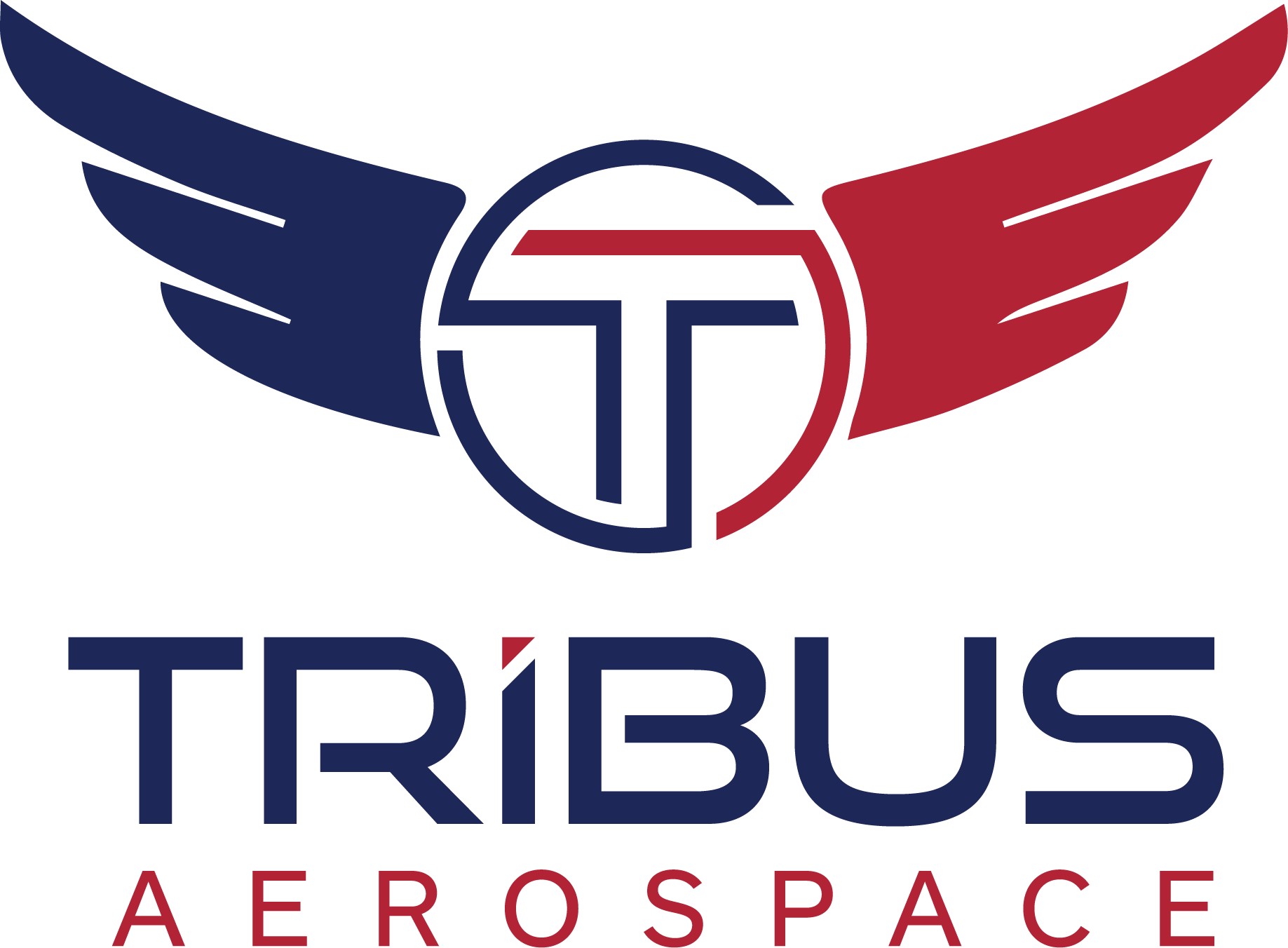Engineering Overview
Our engineering personnel provide critical capabilities for Build To Print complex machining and related manufacturing processes. We control the key engineering processes used to produce your critical parts. Beginning with solid models, we develop fixture designs, CNC programs, CMM programs and layouts all tied together electronically to prevent errors and insure the highest quality. We use the latest versions of industry leading engineering tools for Computer Aided Design, NC Programming and Fixture Design. By focusing on off-line CNC programing, fixture design and 3D modeling we create the most efficient, productive, and robust machining processes in the industry. We also ensure maximum efficiency during the New Product Introduction phase with our in-house fixture design capabilities to provide robust, high-quality work holding from solid model designs. This approach helps us reduce lead-time and supporting continuous improvement initiatives that reduce setup time and product manufacturing time. Our Engineering teams are staffed with top notch talent able to handle complex and challenging parts, specifications, requirements and tolerances. We are experienced, highly skilled problem solvers and operate with high urgency to assist our customers with challenging issues.
APQP, FMEA, PPAP
Advanced Product Quality Planning. Each new product produced by PAC is assigned to a Project Engineer to manage. During the kick off meeting, the project team is assigned with a cross functional team represented by Engineering, Design and Programing, Quality and Operations. This is the formal kick off of our Advanced Product Quality Planning (APQP) for each part. All tasks are assigned and tracked through our Engineering SharePoint site with monthly report outs of each project to management.
Failure Modes Effects Analysis. We apply the FMEA tools to map a step-by-step approach to help identify failure modes in a product design or the manufacturing or assembly process, By using FMEA tools we are able to mitigate risk before we commence machining to help avoid the cost and delays associated with manufacturing process shortfalls.
Production Part Approval Process or PPAP is a valuable tool with several elements that help us establish customer confidence in our ability to manufacture key components. Through PPAP we are able to to validate our understanding of our customer’s engineered design specifications and requirements. We can also use PPAP to document our ability to consistently manufacture products and give our customers confidence that we will achieve their production rates.
3D SOlid Modeling
Every part is built from scratch as a solid model using the customers print. Each model is "cut" away to mimic the process of machining the part with each operation grouped together and operational drawings being created from the model. We utilize a variety of software based design tools such as PTC Creo and SOLIDWORKS. We are able to manage a variety of technical data file types such as .stp, .prt, .stl, .dwg, etc.
CNC Programming
Each operation is CNC programed using the right software for the application, be that 3, 4 or 5-axis milling, turn, or Swiss machining. Every program is verified off line using VERICUT to validate that tool paths do not violate the work piece or leave excess stock. All of the work holding is modeled and used during the CNC programing tasks. This insures that there will be no crashes in the machine tool during the prove out.
Fixture Design
text





